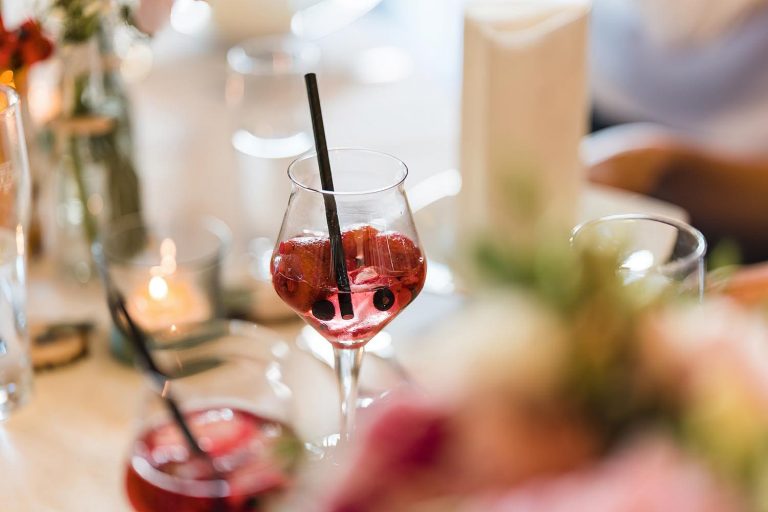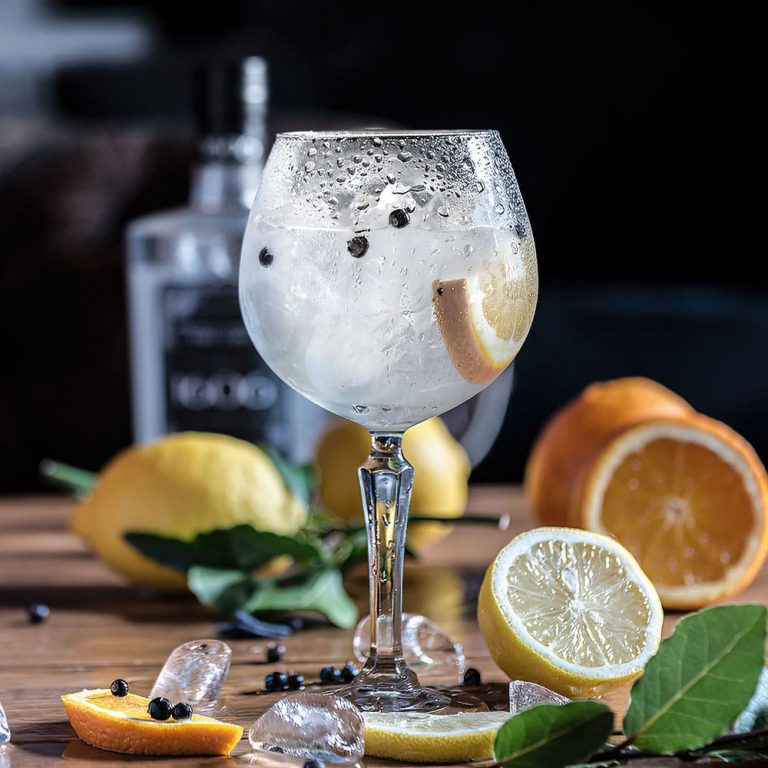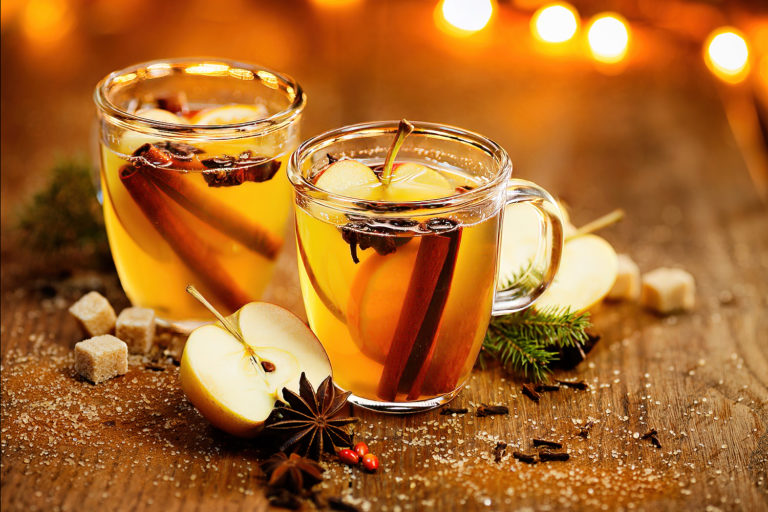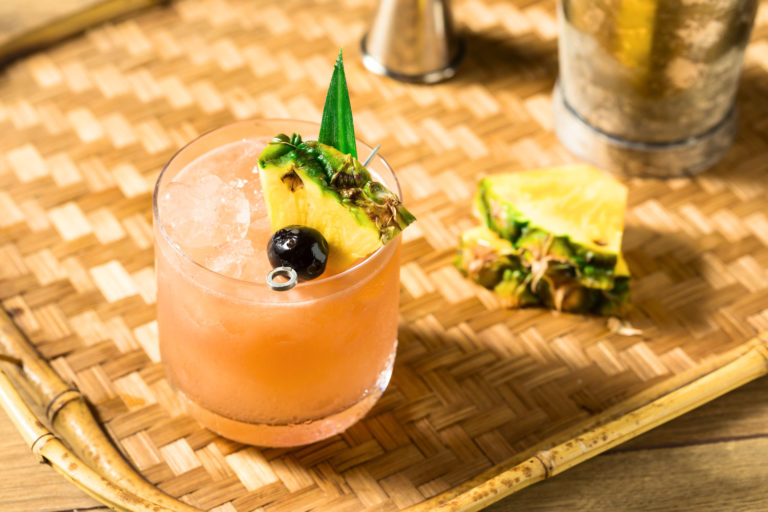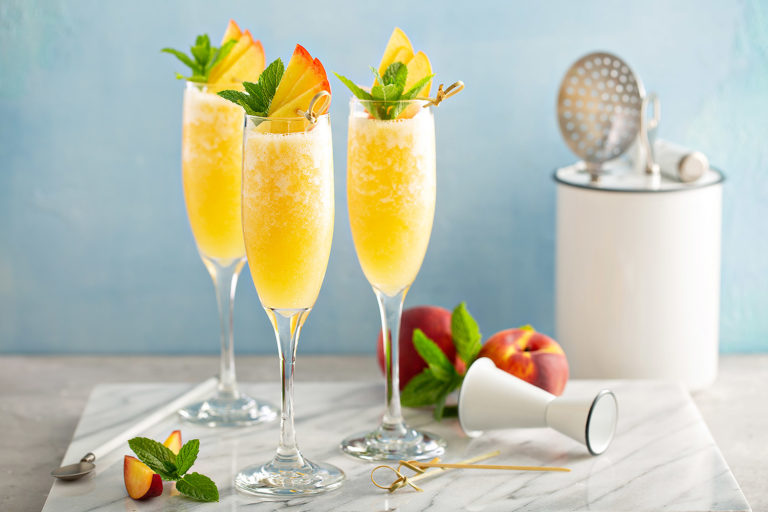The delicious Portuguese sangria: a beginner’s introduction to the perfect drink for summer
With the hot summer months just around the corner, it’s time for a trip into the world of sangria. This delicious and refreshing drink is perfect to enjoy the long days in the sun. Of course, there are numerous sangria recipes, but today we focus on Portuguese sangria, which is characterized by the use of Portuguese sparkling wine. We’ll tell you the history of sangria, give you tips on how to make the ultimate Portuguese sangria, and present a delicious recipe to make at home.
A brief history of sangria
Sangria is a wine-based beverage whose roots can be found in Spain and Portugal, with a long and interesting history. The term “sangria” is derived from the Spanish word “sangre”, which means “blood” in German and refers to the bright red color of the traditional drink. The origins of sangria date back to the Roman Empire, when the Romans mixed wine, water and fruit to make a refreshing drink. Over time, the sangria has evolved and changed. It changed with the flavors and ingredients that were available in the places where it was drunk.
White instead of red: Sangria from Portugal
While traditional sangria is based on red wine, Portuguese sangria has a special touch with the addition of Spanish cava* or German sparkling wine. This lighter, sparkling base enhances the flavor profile of the drink, giving it a fresh, delicate fruit taste.
How to make the ultimate Portuguese sangria
- Fresh & Ripe: The secret to a good Portuguese sangria is fresh, ripe fruit. Sliced peaches, apples, lemons, oranges and mint are popular ingredients. Except for the mint stems, you should cut everything into thin slices or small shreds.
- The better ice cube alternative: instead of ice cubes, which can dilute the sangria, you can use frozen fruit to chill the punch. This not only preserves the flavor of your sangria. When thawed, they release their aroma into the punch.
- Let the punch steep: For the best possible flavor, let the fruit steep in the vermouth* for several hours or even overnight to fully develop its flavors. If you use white wine instead of sparkling wine or cava, you can already add it in this step. It is important that you add the sparkling wine and lemonade just before serving, otherwise the carbon dioxide will escape.

